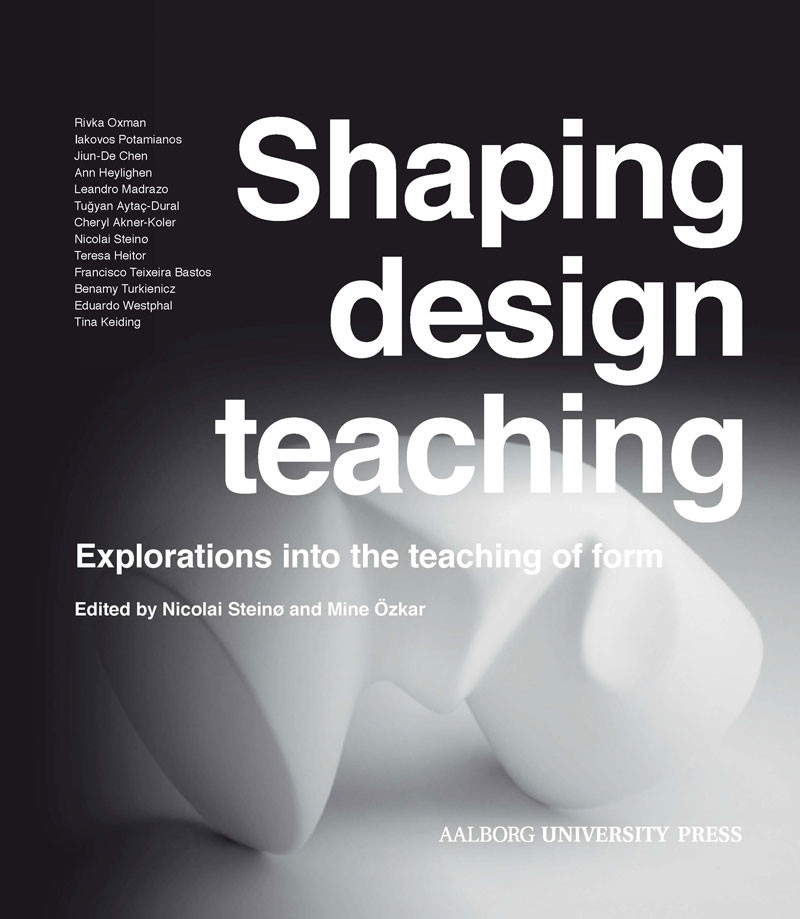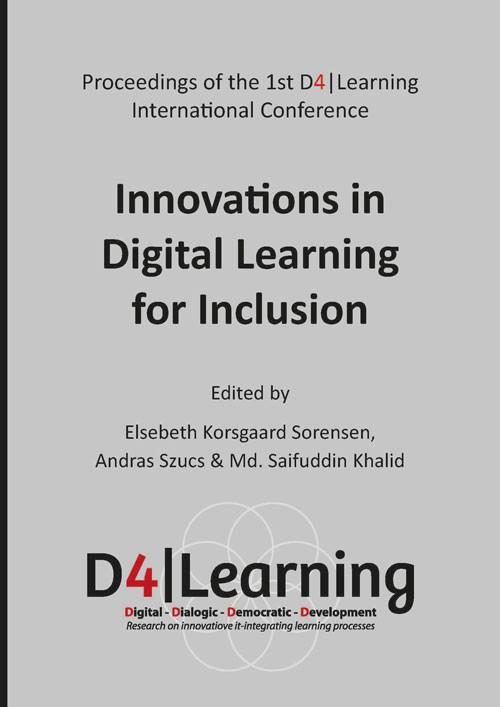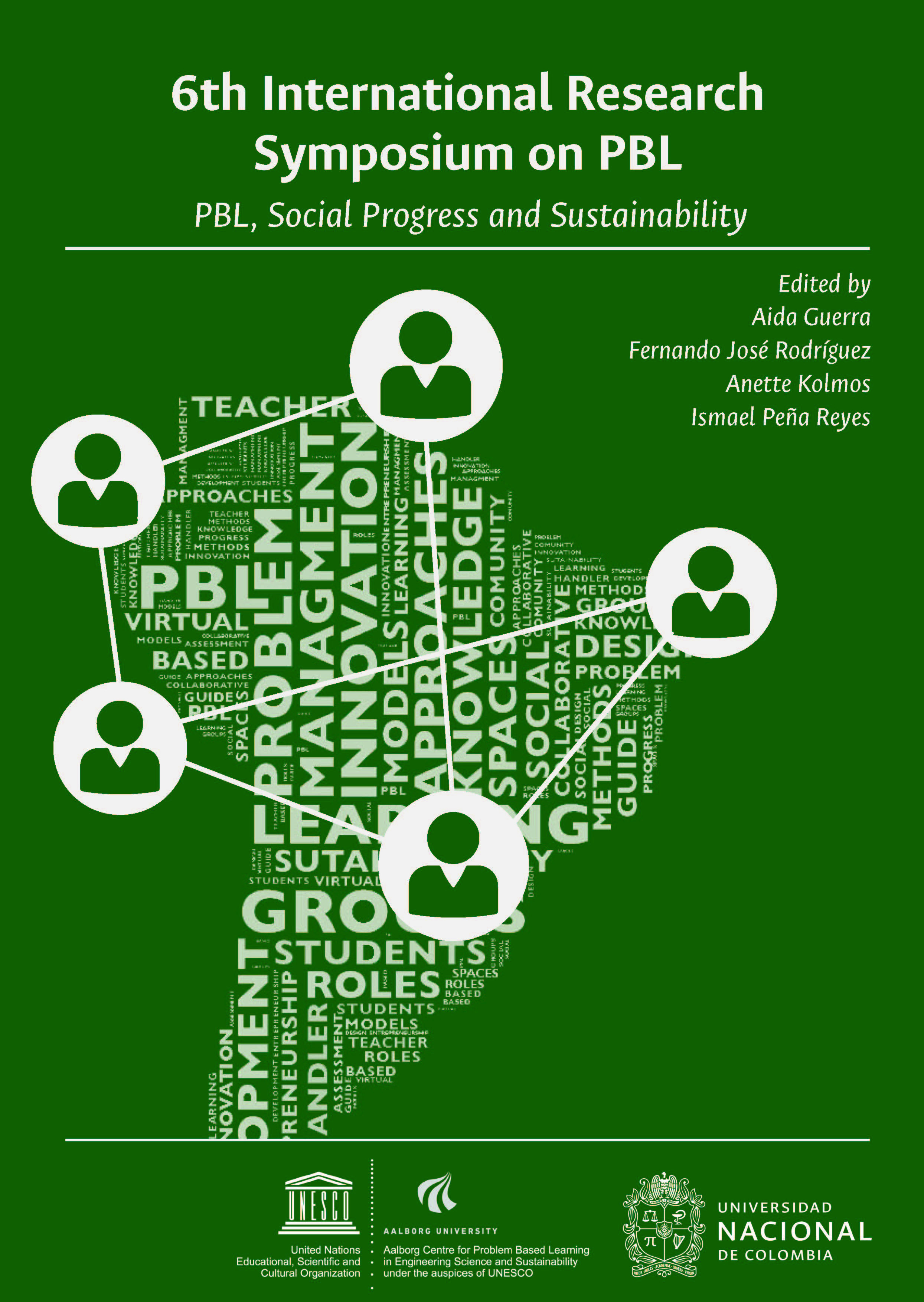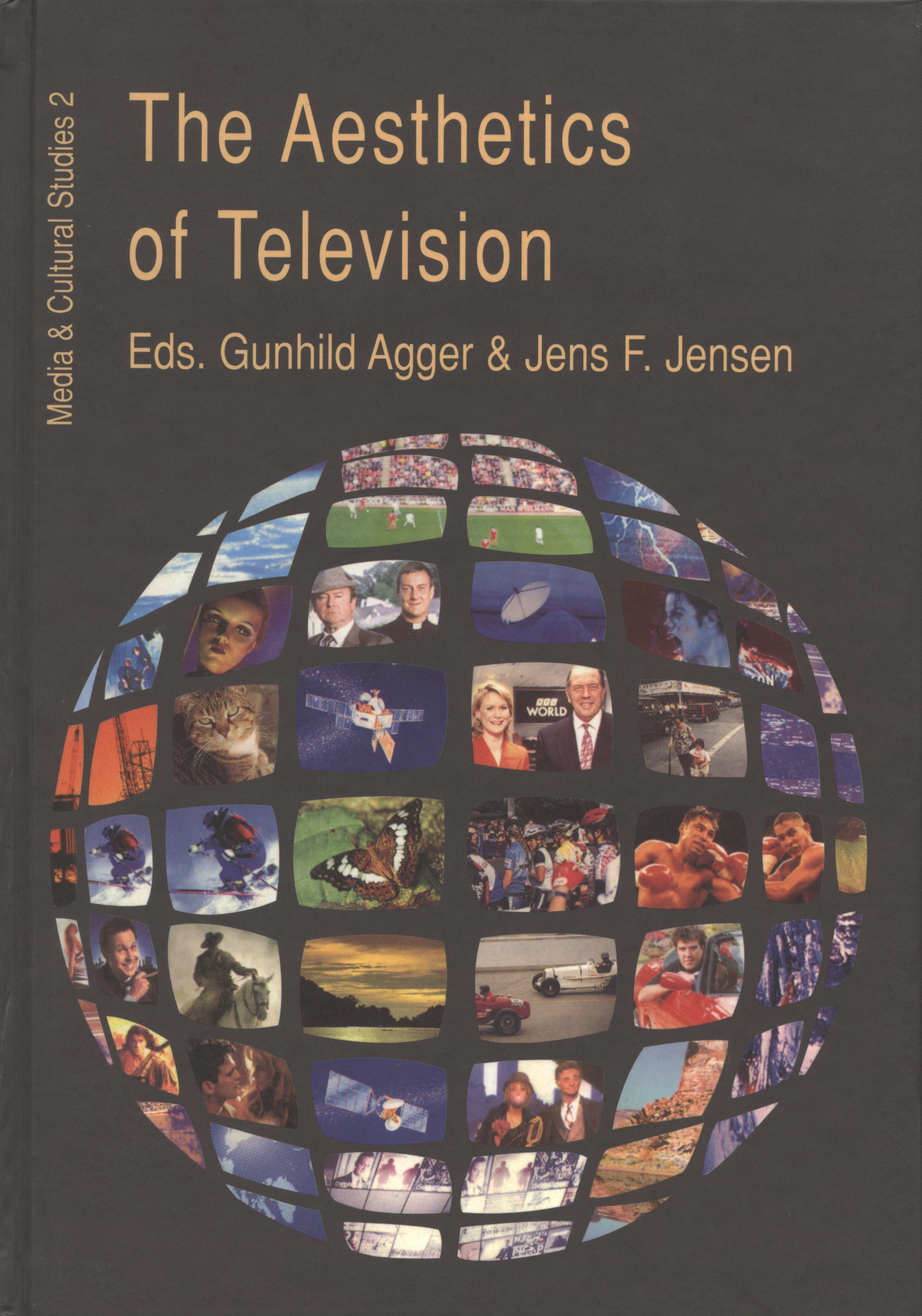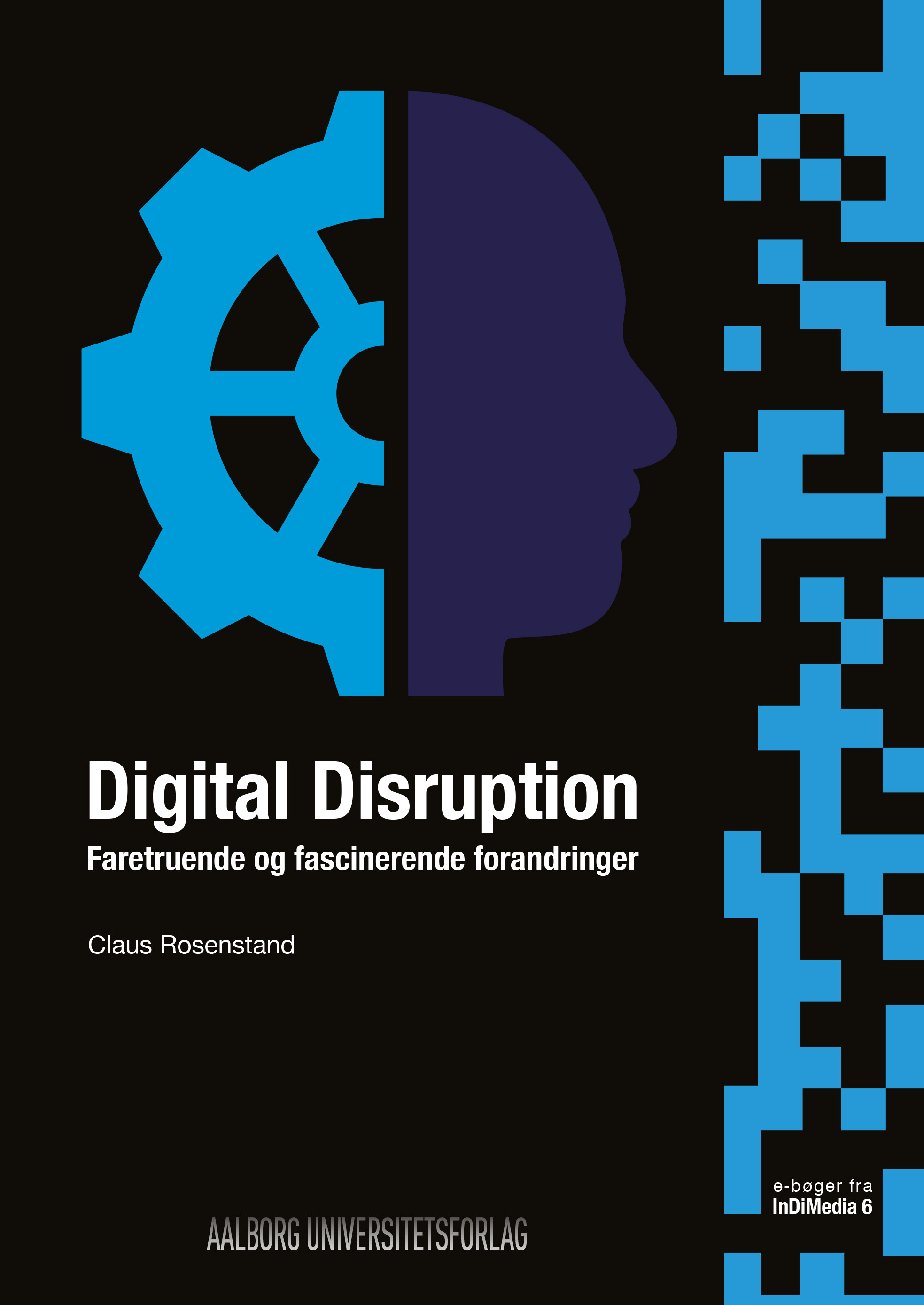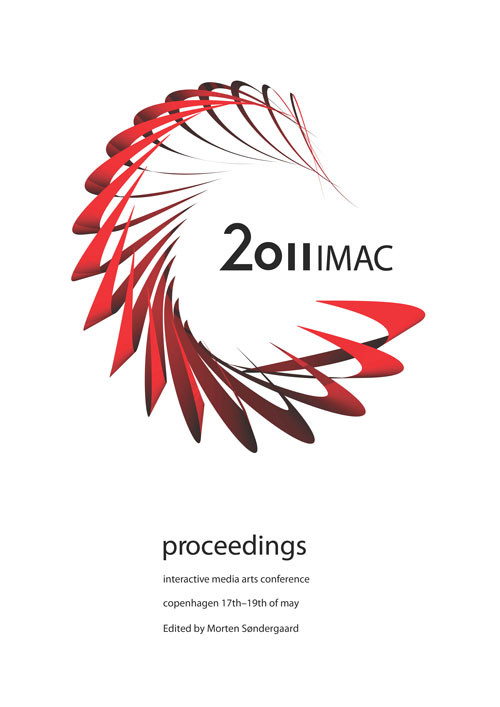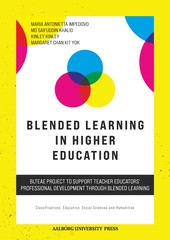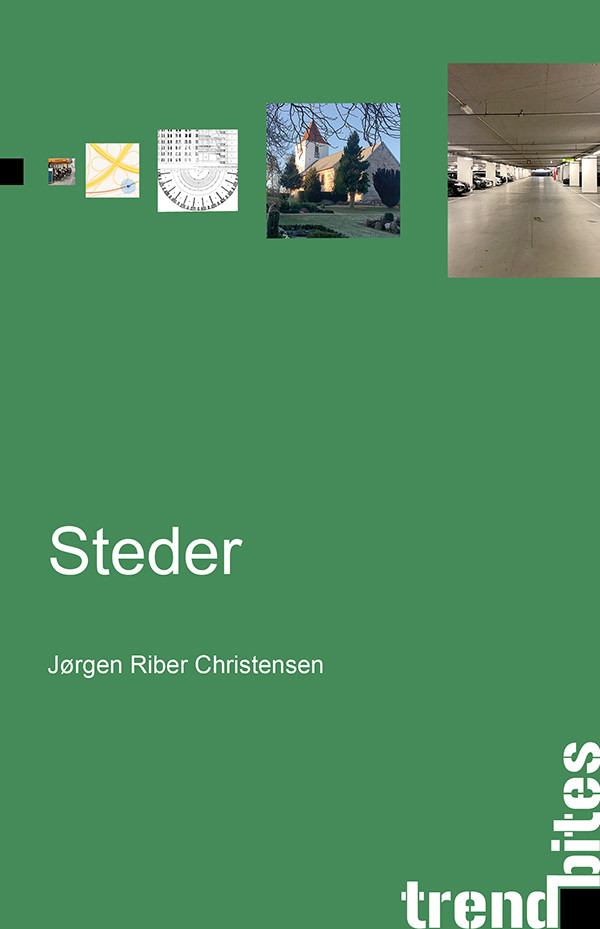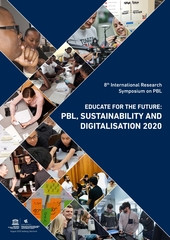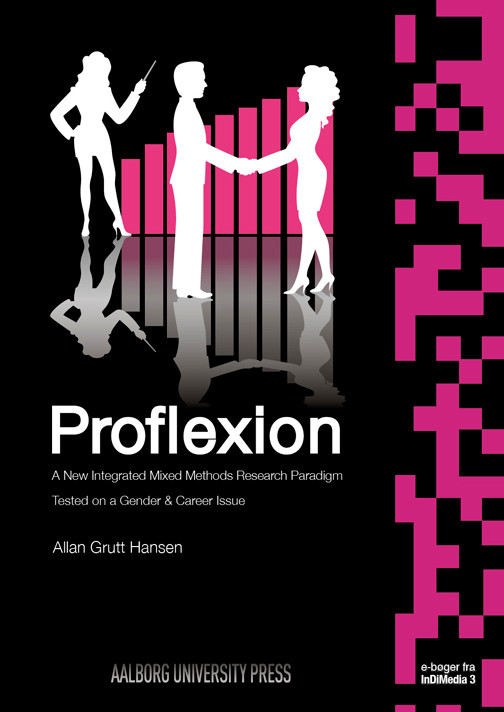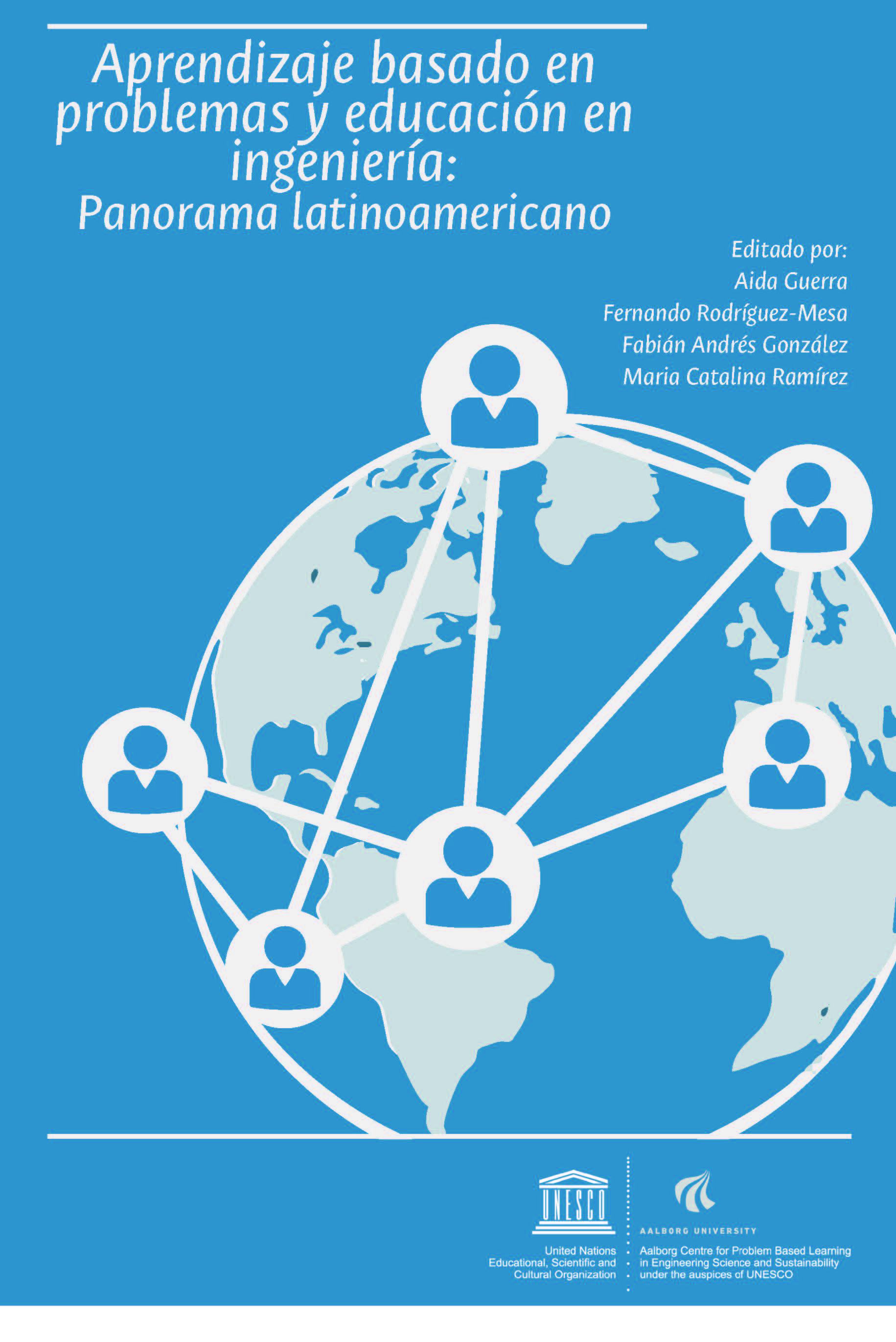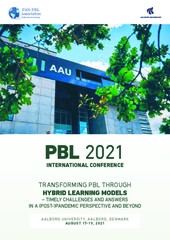Virtually Real
Immersing into the Unbuilt
Af redaktør nicolai steinø , martin kraus
Virtual reality technologies are currently experiencing rapid development and have matured significantly in recent years. Not surprisingly, the renewed interest in VR in recent years has also spilled into architecture and design, in practice as well as in research.
The relevance of VR technologies to architecture and design are manifold. In com- parison to traditional forms of architectural representation – projection and perspective drawings, physical and computer models, VR systems enable a fully immersive experience of objects and spaces, whether yet to be constructed, or as simulations of real-life counterparts.
While the experience of architectural space is one obvious application of VR in architecture and design, VR may also be used pedagogically as instruction devices in architectural education. One obvious advantage of VR is the capability to simulate light – something which is innately difficult with conventional forms of architectural representation. Finally, VR may be used to test perception, visual or aural, of architectural space.
In these proceedings of the 7th eCAADe International Regional Symposium, the latest research on VR in architecture and design is presented under the six headings of Interaction, Augmented reality, Navigation, Light, Education and Perception. A thorough overview of these topics along with the papers that cover them is offered in the introduction.
-
Virtual reality technologies are currently experiencing rapid development and have matured significantly in recent years. Not surprisingly, the renewed interest in VR in recent years has also spilled into architecture and design, in practice as well as in research.
The relevance of VR technologies to architecture and design are manifold. In com- parison to traditional forms of architectural representation – projection and perspective drawings, physical and computer models, VR systems enable a fully immersive experience of objects and spaces, whether yet to be constructed, or as simulations of real-life counterparts.
While the experience of architectural space is one obvious application of VR in architecture and design, VR may also be used pedagogically as instruction devices in architectural education. One obvious advantage of VR is the capability to simulate light – something which is innately difficult with conventional forms of architectural representation. Finally, VR may be used to test perception, visual or aural, of architectural space.
In these proceedings of the 7th eCAADe International Regional Symposium, the latest research on VR in architecture and design is presented under the six headings of Interaction, Augmented reality, Navigation, Light, Education and Perception. A thorough overview of these topics along with the papers that cover them is offered in the introduction.
-
Antal sider
210
isbn
978-87-7210-029-6
Udgave
1. Edition
Udgivelsesår
2019
-
Filnavn Download
